Estimated reading time: 6 minutes
Have you ever found a hidden stash of dog treats under your sofa cushions or noticed your pup sneakily burying a bone in the backyard?
Many dogs exhibit this hiding behavior, and while it can seem puzzling to us, it makes perfect sense to them. From a natural instinct rooted in their ancestors to individual quirks, there are numerous reasons dogs hide things.
The Natural Instinct in Dogs to Hide Their Food
Like their wild ancestors, dogs are instinctively driven to hoard excess food.
This natural instinct to hide or bury food and treats was a survival strategy among wolves and wild dogs. These animals would bury their food to conceal it from predators and save it for later when food might be scarce.
So if your dog is hiding food, he’s merely following the paw prints of his ancestors!
Which Breeds Most Commonly Hide Food or Treats?
The intriguing behavior of hiding food can be more common in some breeds than in others due to their history and innate characteristics. Let’s have a look at a few of these breeds:
Beagles
Known for their exceptional sense of smell and historical background as hunting dogs, Beagles have a natural predisposition to hide food.
This behavior harks back to their ancestors who, after a successful hunt, had to secure their spoils away from rivals.
Dachshunds
Similarly, Dachshunds, with their pedigree as scent dogs and natural trackers, exhibit the tendency to hide food.
Their diminutive size made them excellent burrowers, which meant they could hide their food not just in grass but also in underground crevices.
Basset Hounds
Like Beagles and Dachshunds, Basset Hounds were also bred as hunting dogs.
Their remarkable sense of smell can lead them to hide food, likely an instinctive behavior to mask the scent from other potential food thieves.
Terriers
Terriers are notorious for their food-scavenging ways. These dogs are known to hoard and even bury their treats, hiding them away from their owners or any other perceived threats.
This behavior aligns with their history as vermin hunters who often had to stash and protect their catch.
Labrador Retrievers
Labradors are often seen begging for food at the table, but their food-related behaviors don’t stop there.
These dogs may also hide food, possibly an echo from their historical role as retrievers, collecting game for their human hunting partners.
Pugs
Pugs are another breed known for their love for food. Like Labradors, they’re often seen begging for food at the table.
Their food-hiding behavior might be seen as an amusing contradiction, but it’s just another way they ensure their ‘resources’ are secure, reflecting their history as cherished pets of Chinese nobility where they might have had to compete with other pets in the house.
In each of these breeds, the tendency to hide food is ingrained in their DNA. It’s a reminder of their varied and remarkable histories. However, it’s essential to remember that individual behaviors can vary greatly even within a breed. So, understanding your dog’s unique habits and traits, in combination with breed tendencies, will give you the fullest picture.
Should You Stop Your Dog from Hiding His Treats and Toys?
Before you start chasing your dog around the house to stop him from hiding his favorite treats, take a moment to consider what this behavior signifies.
A dog hiding food or toys isn’t necessarily problematic. It can be an activity that helps keep your dog mentally stimulated.
However, if your dog is hiding food out of the kitchen and it becomes disruptive or is due to anxiety, it may be time to address the issue.
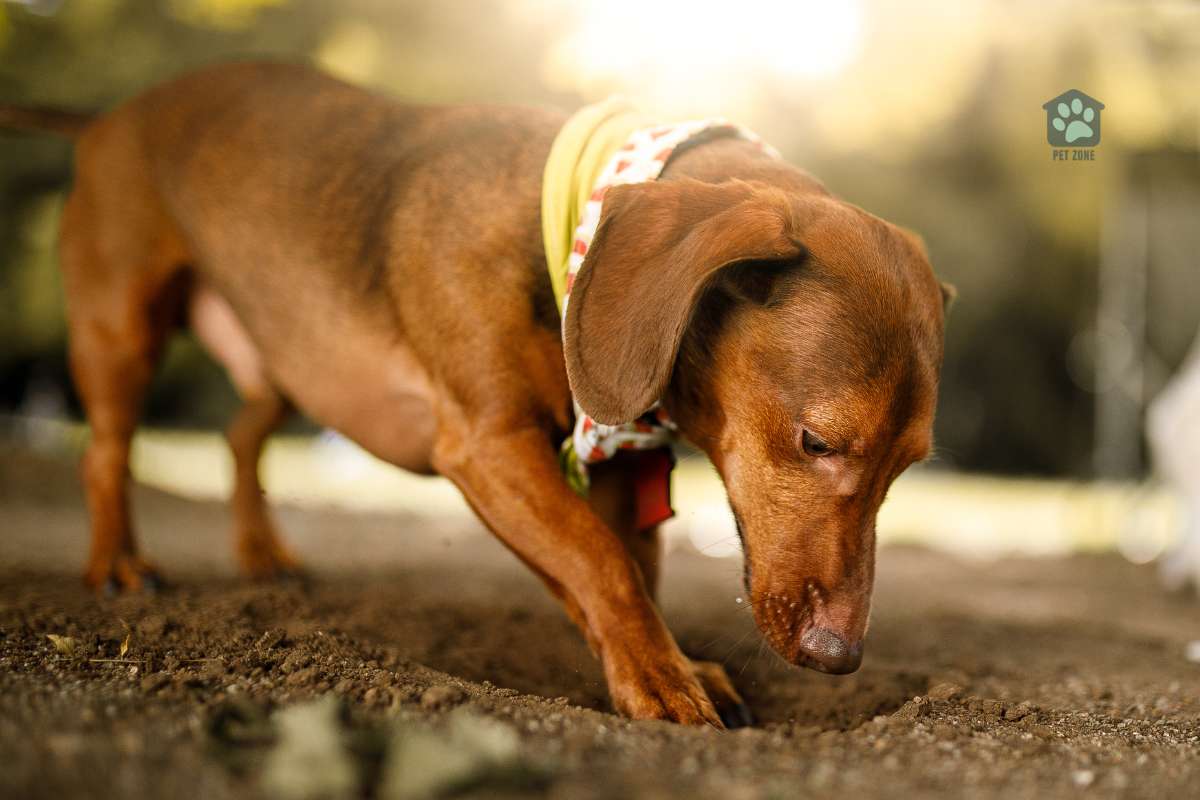
How to Control Your Dog’s Hiding Behavior
If your dog’s food-hiding antics are causing a mess around the house, or if you’re concerned about the underlying reasons for their behavior, there are steps you can take to manage and possibly modify their actions.
- Clear Leftovers Promptly: Once your dog is done eating, remove any leftovers and bones. This can help to minimize the instinctual urge to hide or bury the excess food for later.
- Elevate Potential ‘Treasures’: If there are items your dog is tempted to steal and hide, consider placing them in elevated areas that are out of reach.
- Don’t Encourage Hiding: If your dog hides treats, resist the urge to replace them immediately. If you replenish the stash, your dog may form a positive association between hiding food and getting more treats.
- Increase Exercise: Regular physical activity can help to reduce behaviors borne out of boredom or nervousness. A tired dog is a happy dog, and they’re less likely to engage in unnecessary hiding when they’re content and well-exercised.
- Use Playtime Constructively: Use playtime as an opportunity to encourage good behaviors. For example, you can teach your dog to fetch toys without hiding them.
- Limit Temptations: If there are certain toys, items, or treats that your dog is repeatedly hiding, consider putting them away.
- Ignore the Hiding: Try not to remove any food your dog has hidden. If your dog sees that their hidden food remains undisturbed, they might start trusting that their food supply is secure and stop feeling the need to hide it.
- Health Check-Up: If hiding food is a new behavior for your dog, it’s a good idea to consult your vet to rule out any health issues that could be causing this behavior.
- Positive Training Techniques: If the hiding behavior persists and becomes problematic, consider working with a professional dog trainer. They can provide guidance on how to correct the behavior using rewards-based training methods, rather than physical punishment.
- Food Puzzles: Tools like snuffle mats and other food puzzles can momentarily distract a dog from hiding treats. However, it’s crucial to note that while these can provide temporary relief, they may not necessarily eliminate the behavior, particularly if the hiding is due to anxiety or other deep-seated issues.
Remember, patience is key when addressing any dog behavior. It might take some time to see changes, but consistency, love, and understanding will go a long way in helping your dog feel secure and happy.
Conclusion
Hopefully, you now have a better understanding why dogs hide their treats and toys, and how you can minimize this behavior in your pup.
Remember, every dog may hide things for different reasons, so it’s crucial to observe their behaviors, communicate with your vet, and work with a dog trainer if needed.
I’d love to hear your thoughts or experiences. Have you noticed this behavior in your dog? How have you managed it? Let’s continue this fascinating conversation about our beloved canine companions in the comments below.
If you found this post helpful or interesting, why not share it with your fellow dog lovers? Click the share buttons at the top to spread the word on social media. Let’s help more people understand their furry friends better!
As an Amazon Associate I earn from qualifying purchases.
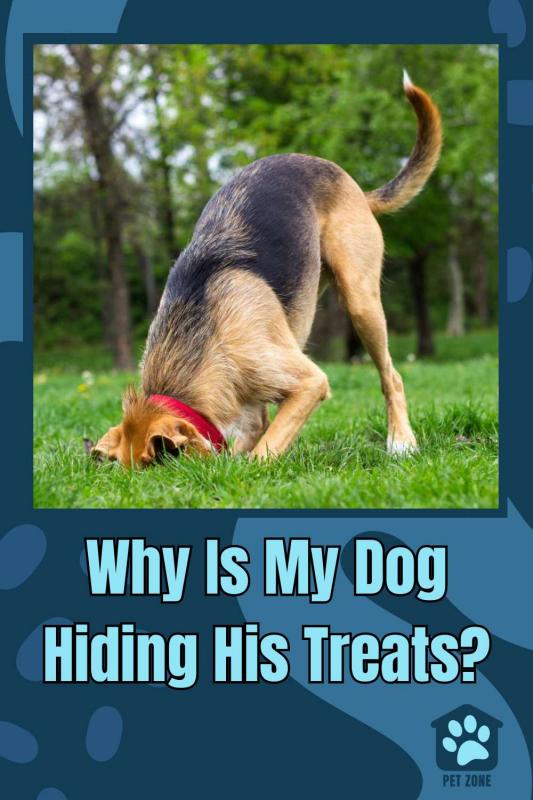


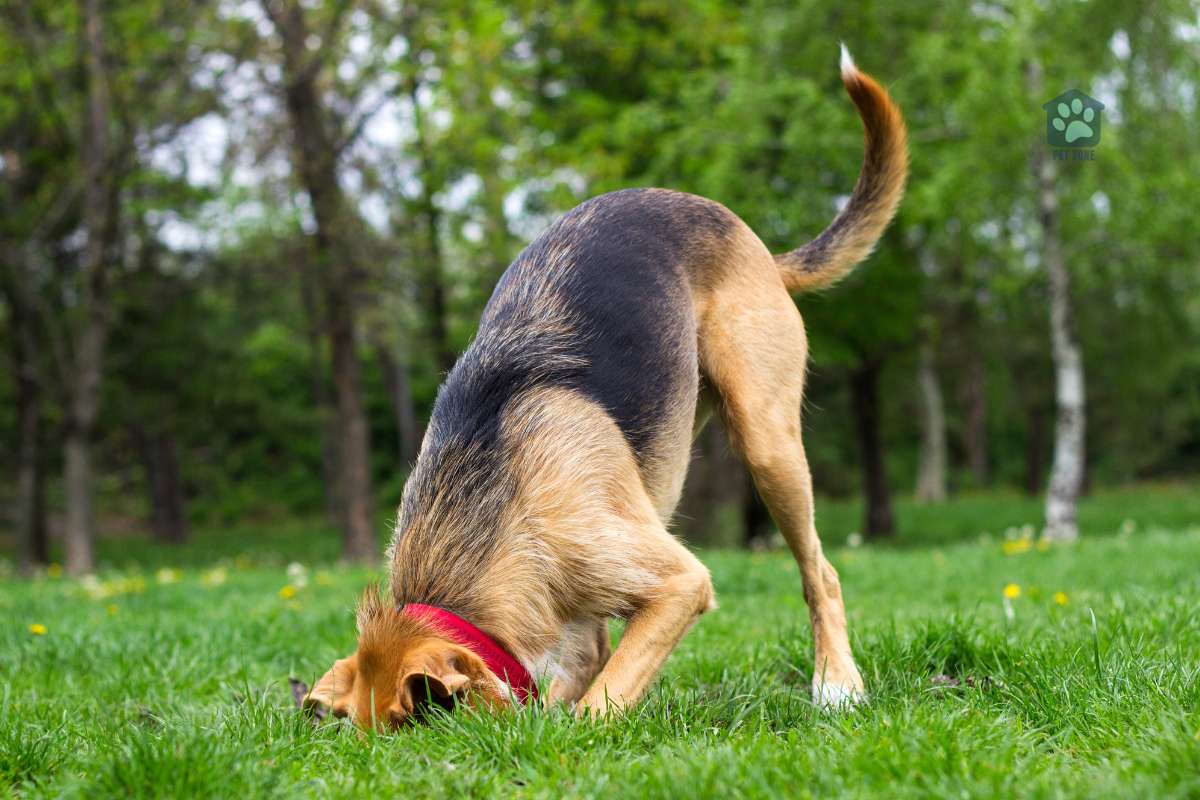

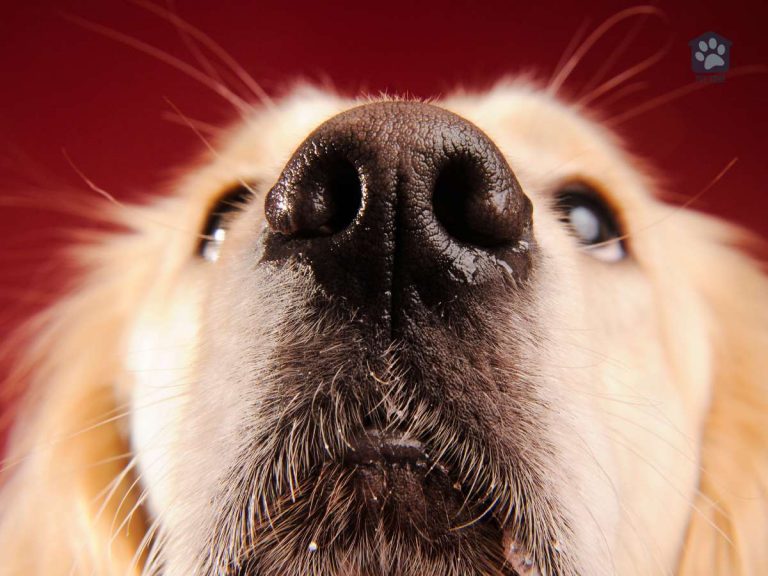
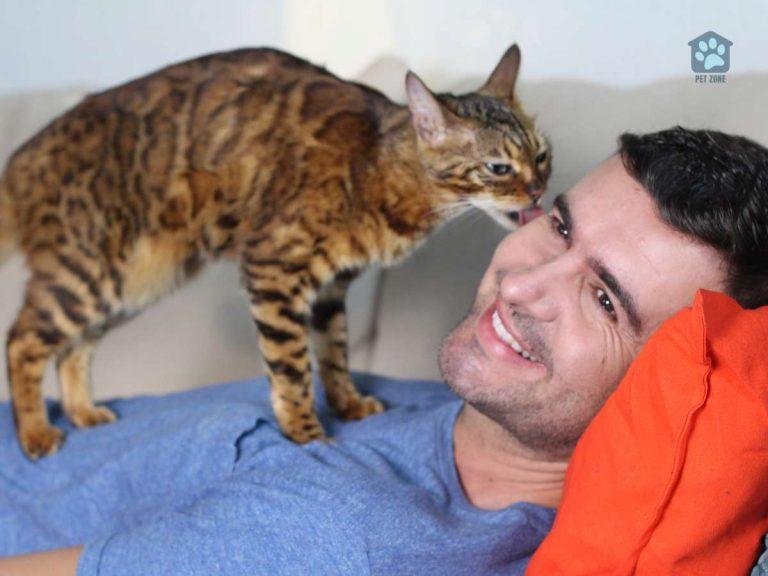



We always joke that my dog acts like a stray! He’s ALWAYS in scavenging mode! He’s the only dog who does this. How interesting. Thanks!
———:)
Wow, this blog post is a lifesaver! I’ve been wondering why my dog keeps hiding his treats and now I finally have an answer. Thank you so much for sharing this informative post!